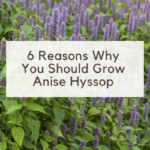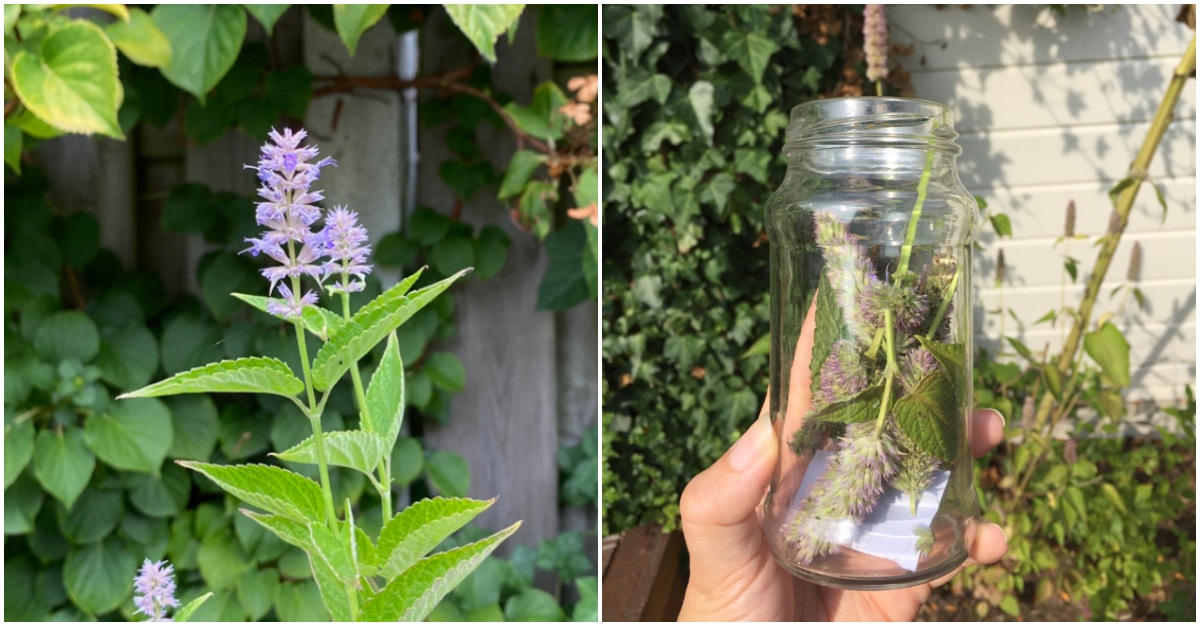
Have you ever heard of anise hyssop? I hadn’t until a few years ago when a generous gardening friend shared an extra plant she had oversown. That first spring, I was hooked.
My love story with this herb may have started as a serendipitous encounter, but I’m committed to getting more gardeners to fall in love with it. I’m hoping that after you read about all its benefits, you’ll want to give it a try too.
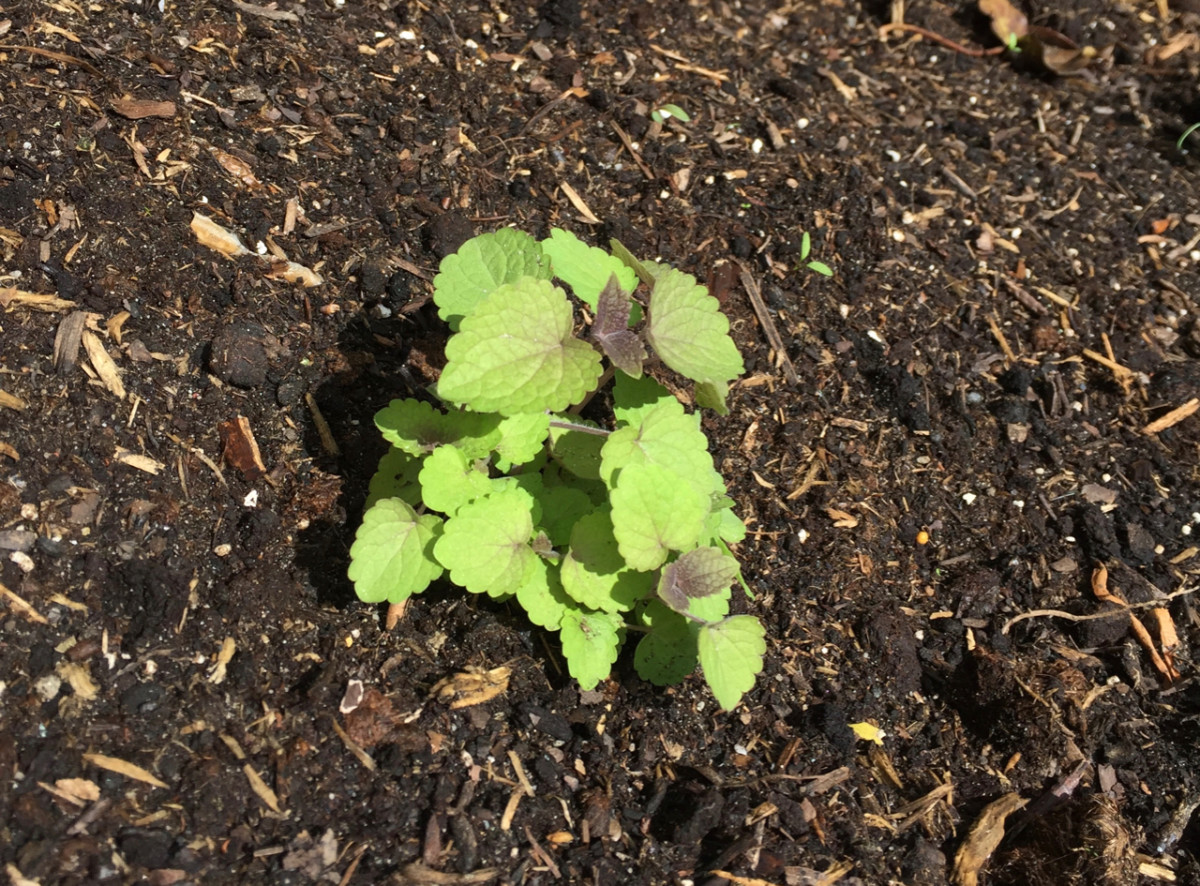
What is anise hyssop?
You’ve probably heard of anise before, and hyssop might sound familiar too. But what category does this plant mashup fall in? It turns out it’s neither hyssop (Hyssopus officinalis) nor anise (Pimpinella anisum).
Anise hyssop is the common name for Agastache foeniculum, although you may also know it as fragrant hyssop, blue giant hyssop, lavender giant hyssop, fake licorice and hyssop anise.
Agastache got its main nickname because it looks like hyssop (they are part of the same plant family, Lamiaceae), and it has the mild licorice taste of anise.
But why should you grow anise hyssop?
1. Anise hyssop is great for wildlife.
If you’re planning a pollinator garden, you must include an anise hyssop plant in the mix. The fact that its blooming period often spans about three months or longer (from late June until September) makes it a very important source of nectar and pollen for bees, butterflies and hummingbirds.
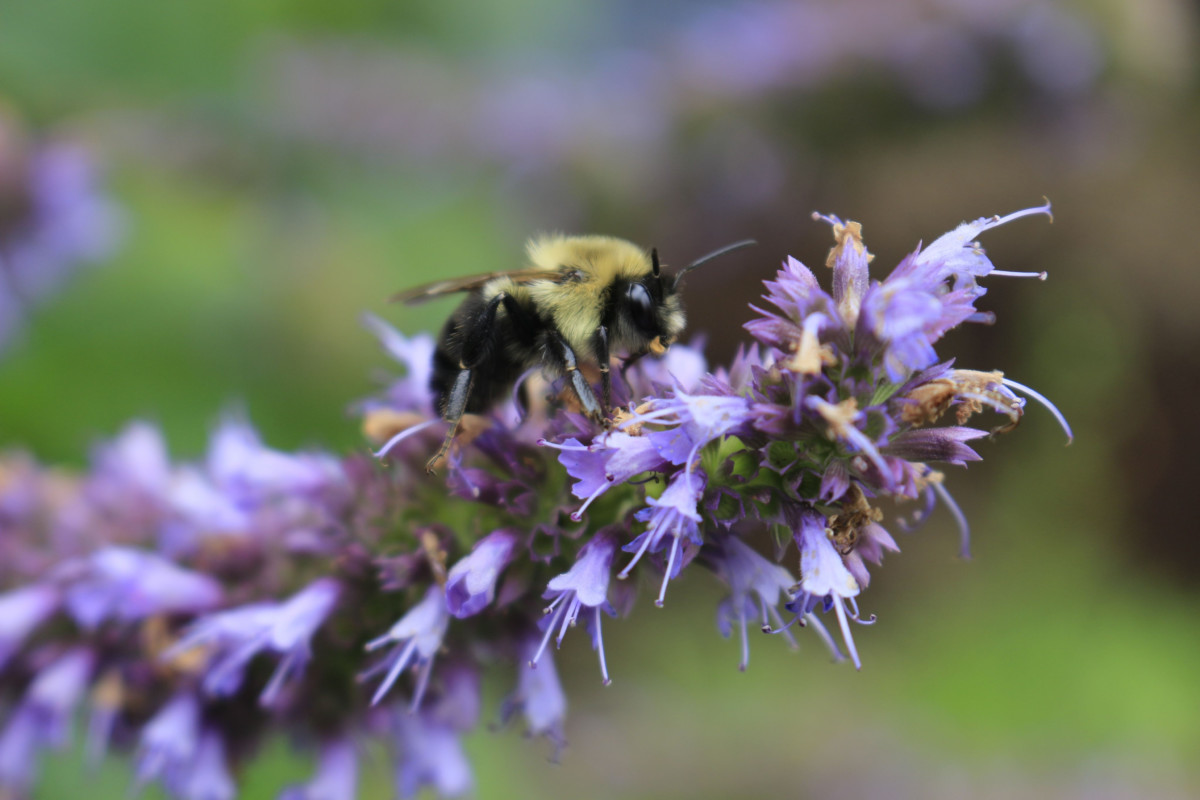
And if you let it overwinter in place and postpone pruning until spring, its seeds will be a good source of food for small birds during the cold months.
2. Anise hyssop is a delicious herb.
You can eat both the leaves and the seeds of anise hyssop. Some herbalists say its taste resembles that of tarragon, although my taste buds would place it somewhere closer to Thai basil or fennel. This only proves that it’s a very versatile plant with a rich flavor and texture. Anise hyssop has a citrus aftertaste that makes it a bit softer and more palatable than anise, so give it a try even if you’re not a big fan of licorice.
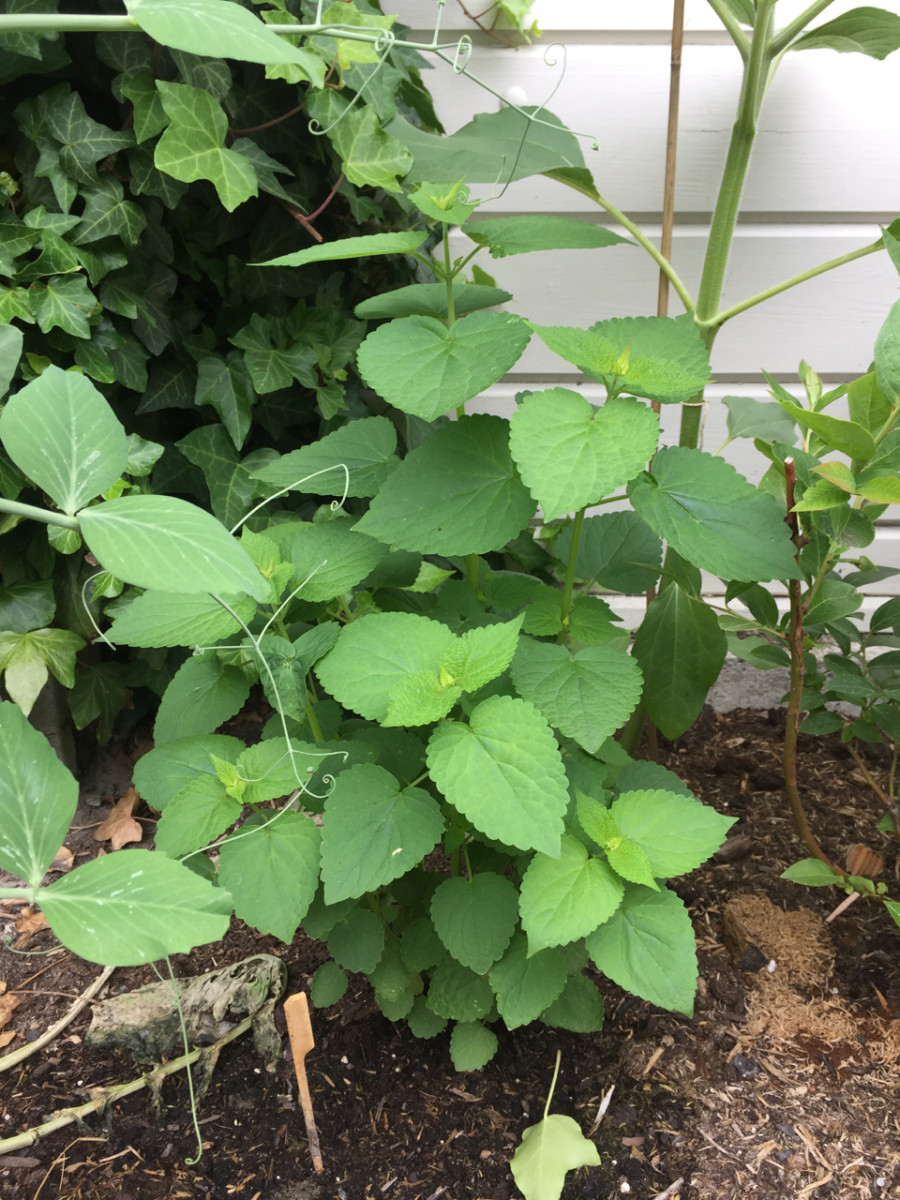
3. Anise hyssop is a low-maintenance perennial.
These are two magic words for a lazy gardener such as myself. Anise hyssop is a hardy perennial that will grow back every year without any special treatment. The plant is drought-tolerant and bounces back quickly after a hard pruning in spring. You can also prune it again in the summer if you want to encourage a second set of blooms.
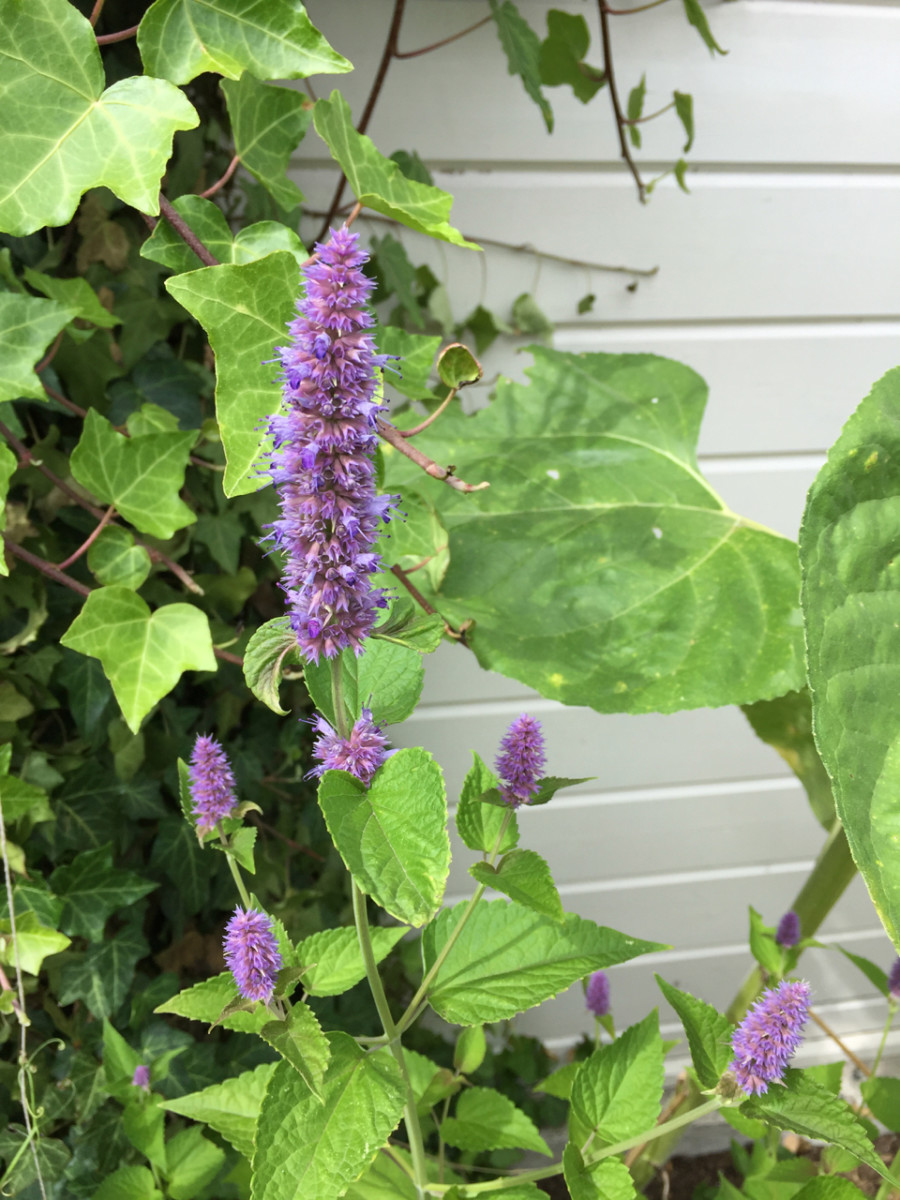
Despite sharing a plant family with mint, it does not have the same aggressive spreading habit. It doesn’t send runners underground, and even its self-seeding pattern is minimal.
4. Anise hyssop is a native of North America.
Unlike its distant cousin hyssop (native to the Mediterranean), anise hyssop was born and bred in North America. It’s a native of the Midwest, which nowadays has been naturalized from all the way north (to the prairies of Canada) to as far south as Georgia.
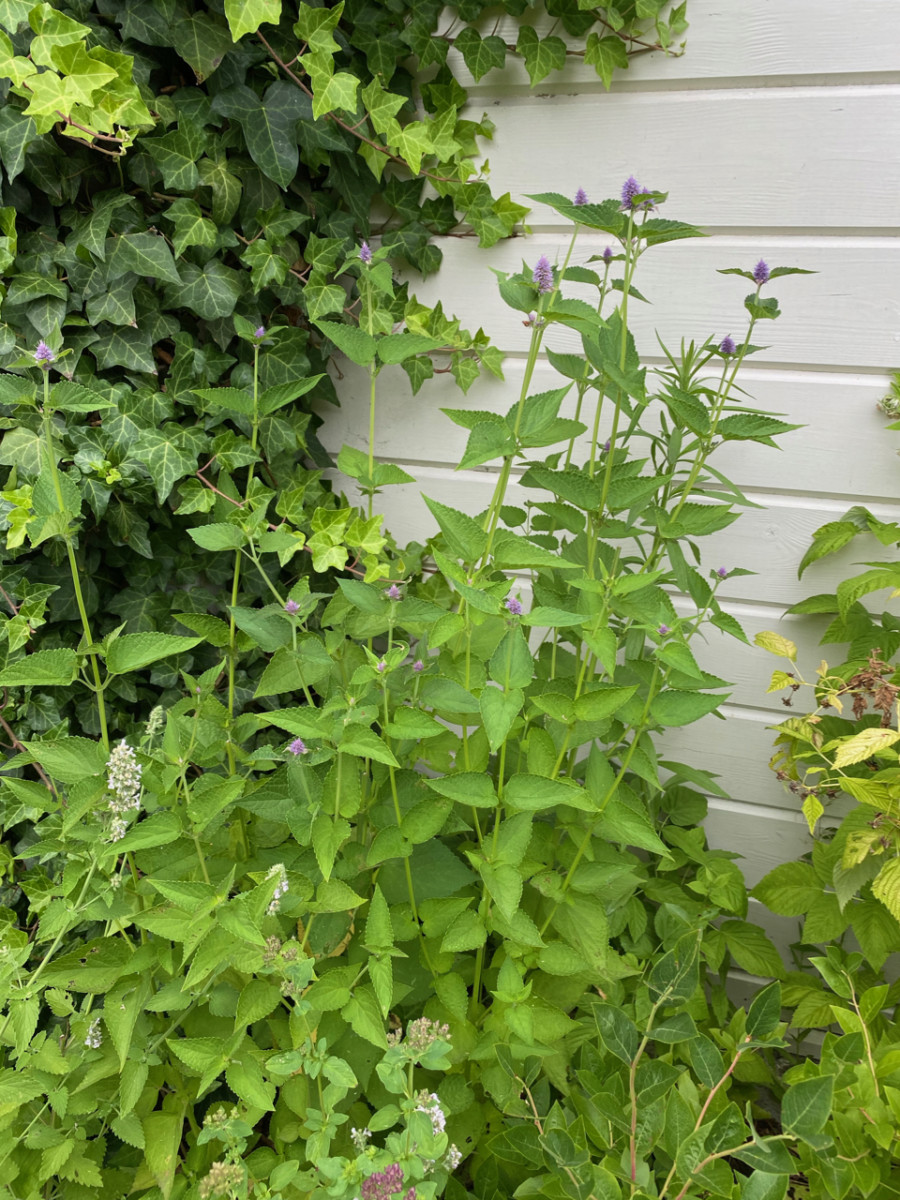
According to the official website of the Manitoba Government, the plant, which has been used medicinally by First Nations people, has the potential to be used as a native cash crop in Canada. If that’s not a seal of approval, I don’t know what is.
5. Anise hyssop is mostly ignored by critters.
Another advantage of its strong taste is the fact that critters who like to go for a nibble in our gardens won’t touch anise hyssop. This makes it a good deterrent against deer and rabbit interference in the garden. Just place it close to plants you’re trying to protect and watch it work its magic.
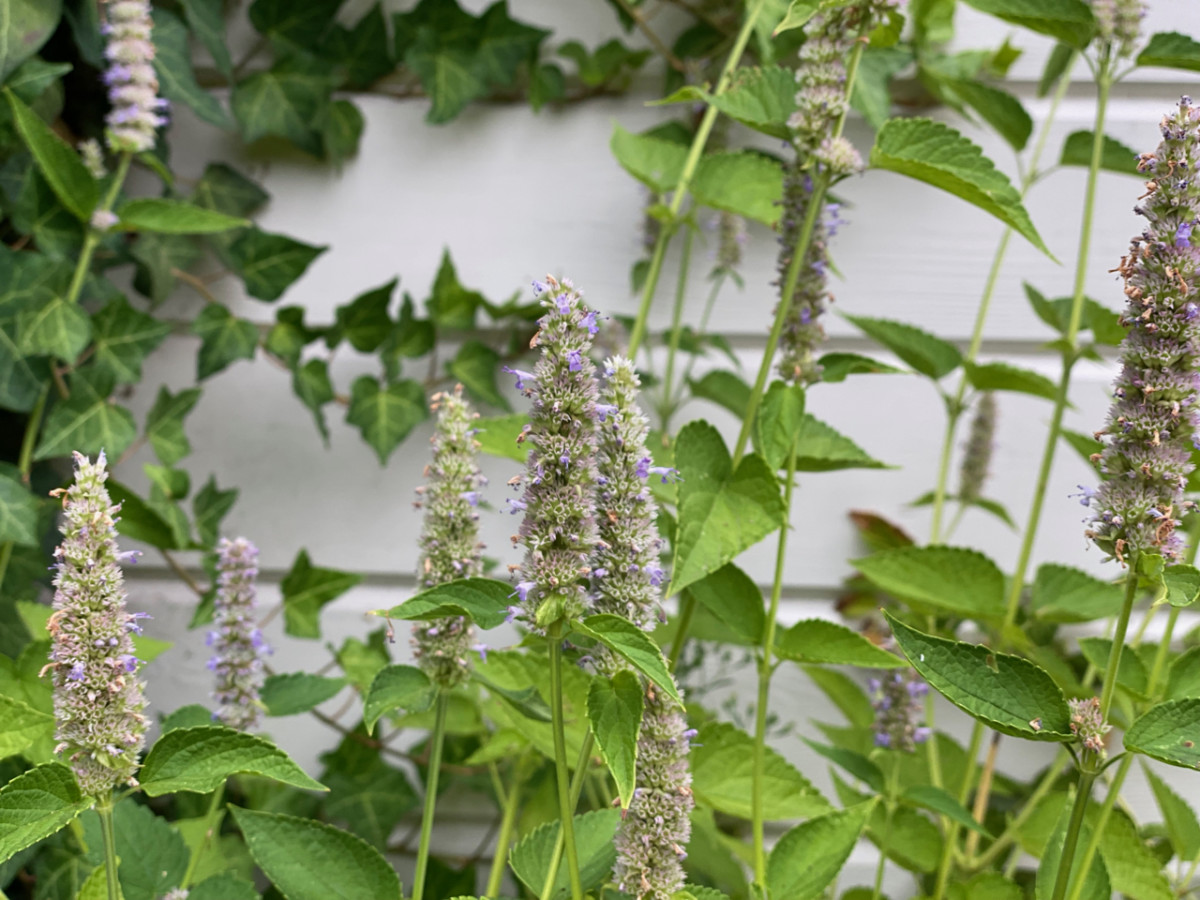
Equally important, especially for a plant that belongs to Lamiaceae, is the fact that anise hyssop is not a powdery mildew magnet, unlike bee balm. In my experience, I have never seen any type of pest attack this plant even though it has been growing close to both aphid-infested chamomile and mildewed cucumbers and squashes.
6. Anise hyssop is a versatile landscape plant.
As a herbaceous perennial, anise hyssop will grow well in USDA zones 4-8. I’ve already mentioned that it’s a great choice for pollinator gardens, but you can also incorporate it in borders, wildflower meadows, cottage gardens, apothecary gardens or to enclose an outdoor seating area.
You can also grow it in containers (but don’t expect it to grow as tall as it would in the ground) and in raised beds. And because it’s tolerant of dry conditions, it’s a suitable choice for rock gardens and xeriscaping.
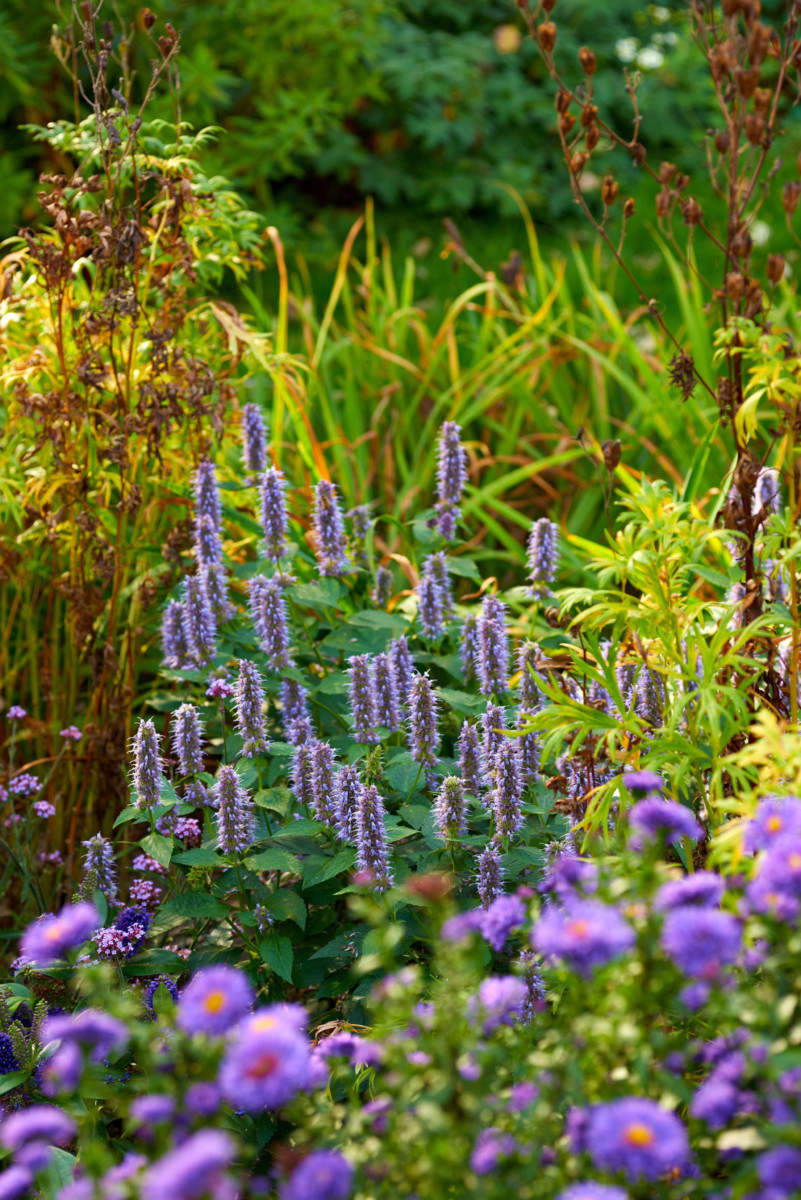
Does anise hyssop only come in shades of purple? No, here are a few more options that you can find on the market, such as:
- Agastache ‘Apricot Sunrise’
- Agastache ‘Blue Boa’
- Agastache ‘Black Adder’
- Agastache ‘Blue Fortune’
- Agastache ‘Firebird’
Have I managed to persuade you to give Agastache foeniculum a try? Good, I was hoping you would. Here’s what you should know to get off to a good start with this herbaceous perennial.
How to grow anise hyssop
You can ask around your local nurseries if they have plug plants for sale, of course. But I found it very easy (and economical) to start it from seed.
The seeds are really small, similar to poppy seeds, so it’s a bit finicky to work with them. You can start them indoors about six weeks before you plan to transfer the plant to the garden. Always count back from the date of the last expected frost. Even though mature plants can withstand frost in the garden, baby plants need a bit more nurturing that first spring.
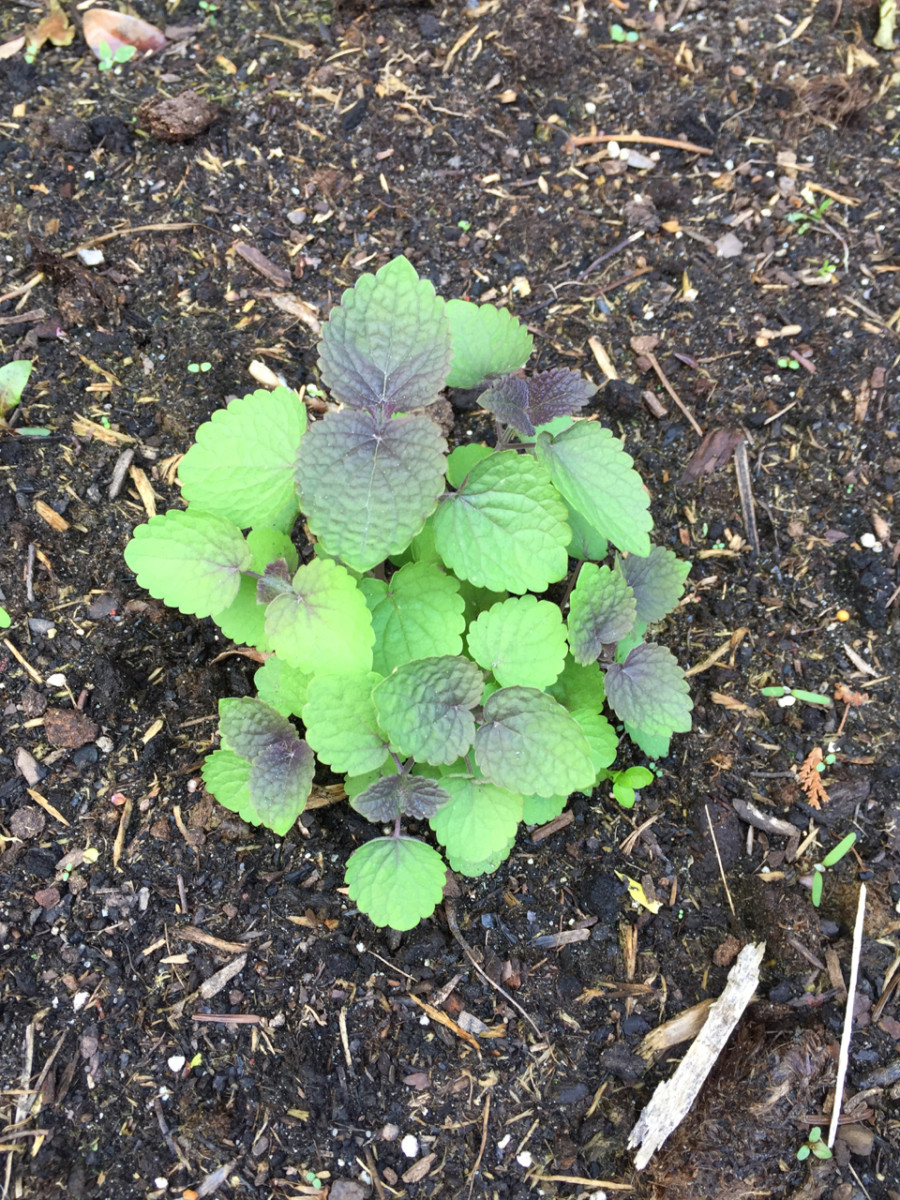
The seeds need light to germinate, so just sprinkle them on top of moist soil, but don’t cover them. You’ll start seeing tiny seedlings in 10-14 days. I usually like to plant a few seeds close together to get a fuller effect when they start sprouting.
How to care for anise hyssop
I stand by what I said about this plant being as low-maintenance as they come, with one exception: it really likes a sunny spot. So when you transplant your anise hyssop to the garden, choose a spot that gets full sun. To be fair, it also grows well in part shade, although it will tend to grow a bit more leggy and etiolated (with more space between the leaf nodes).
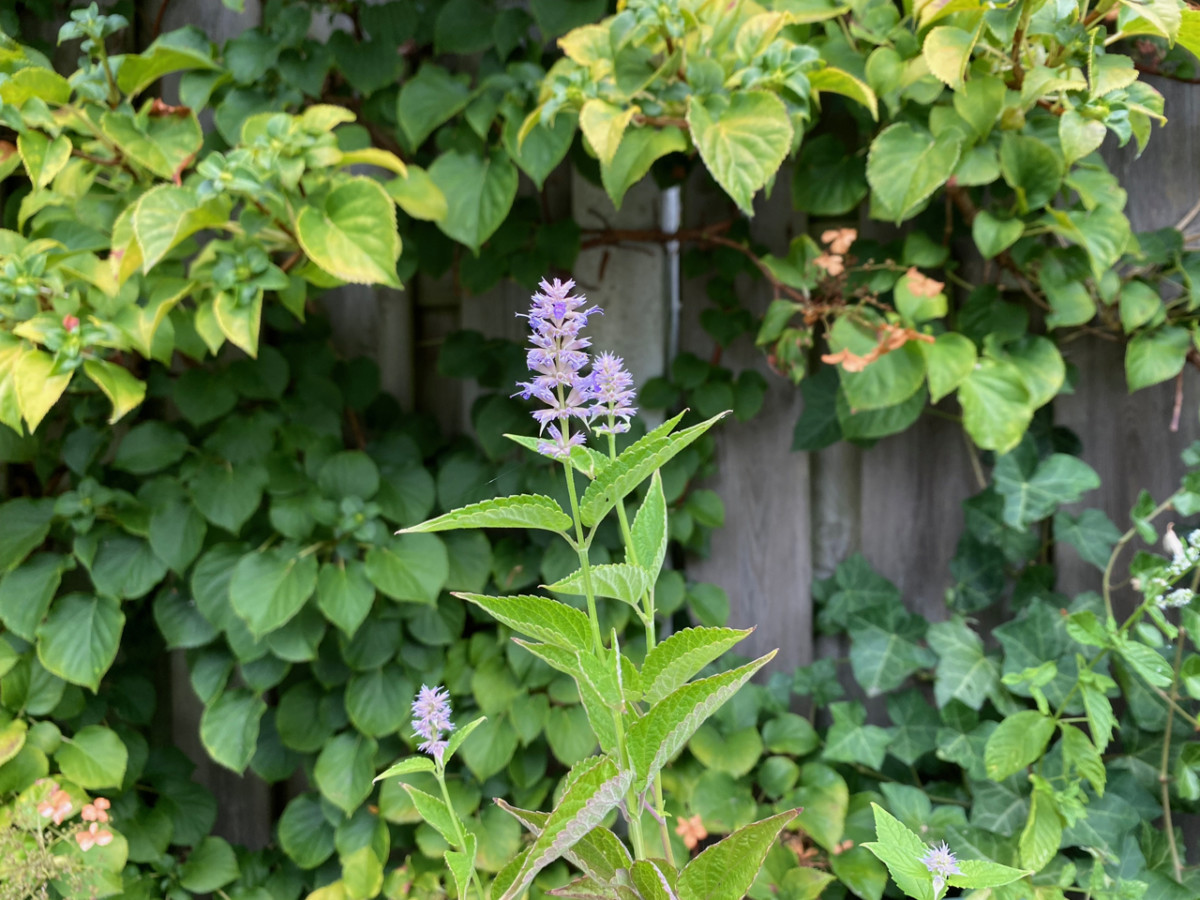
Anise hyssop prefers well-drained soil (don’t they all?), and the only fertilizer it needs is a top-up of fresh compost once a year in spring.
When it comes to watering, make sure you keep the plant watered as long as it’s still small and getting established. However, mature plants don’t need daily watering, even if you’re experiencing a period of drought. You can water it every five days, making sure you deep-water around the root ball. During extended periods of drought, it will start dropping leaves and will accelerate its going-to-seed process.
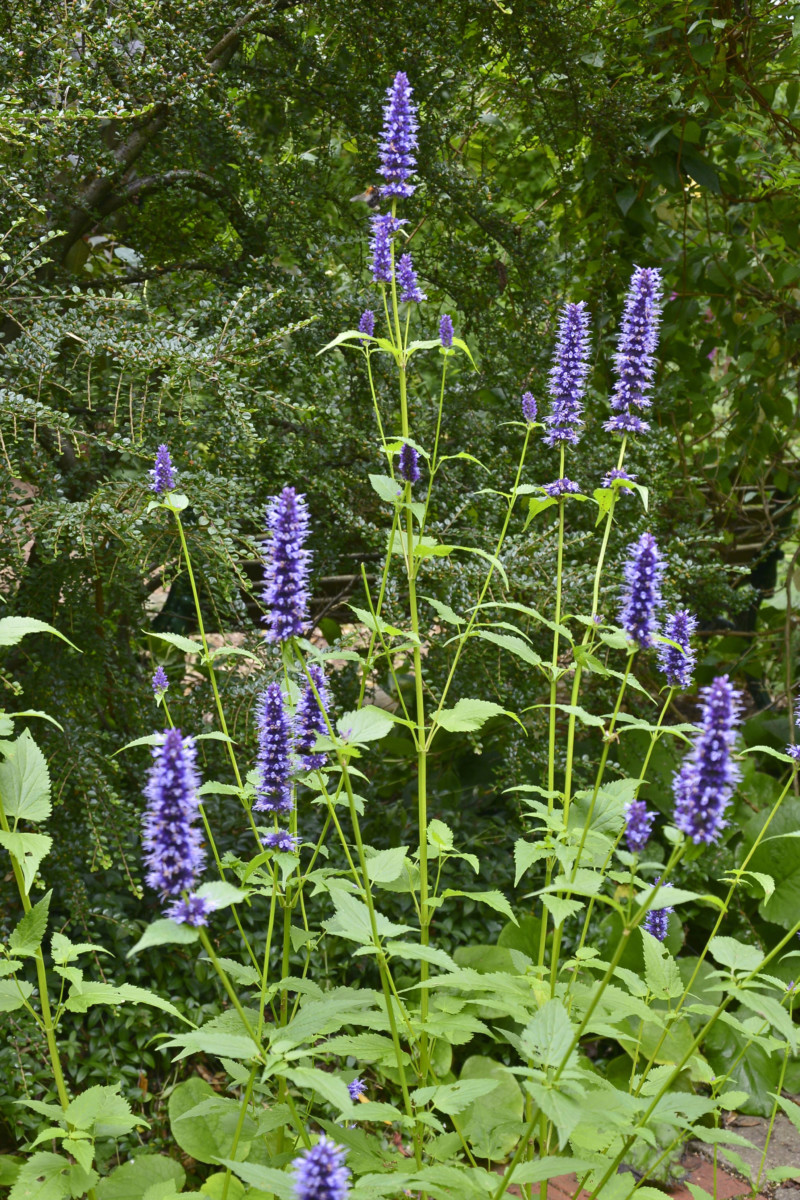
Now, let’s talk pruning. This is one of those plants that you should allow to overwinter in place since the husks and the seed heads make nice little insect hotels during the cold months. When spring rolls around, you can give it a hard prune to about eight inches above soil level. You’ll see it coming back quickly when the weather starts getting warmer.
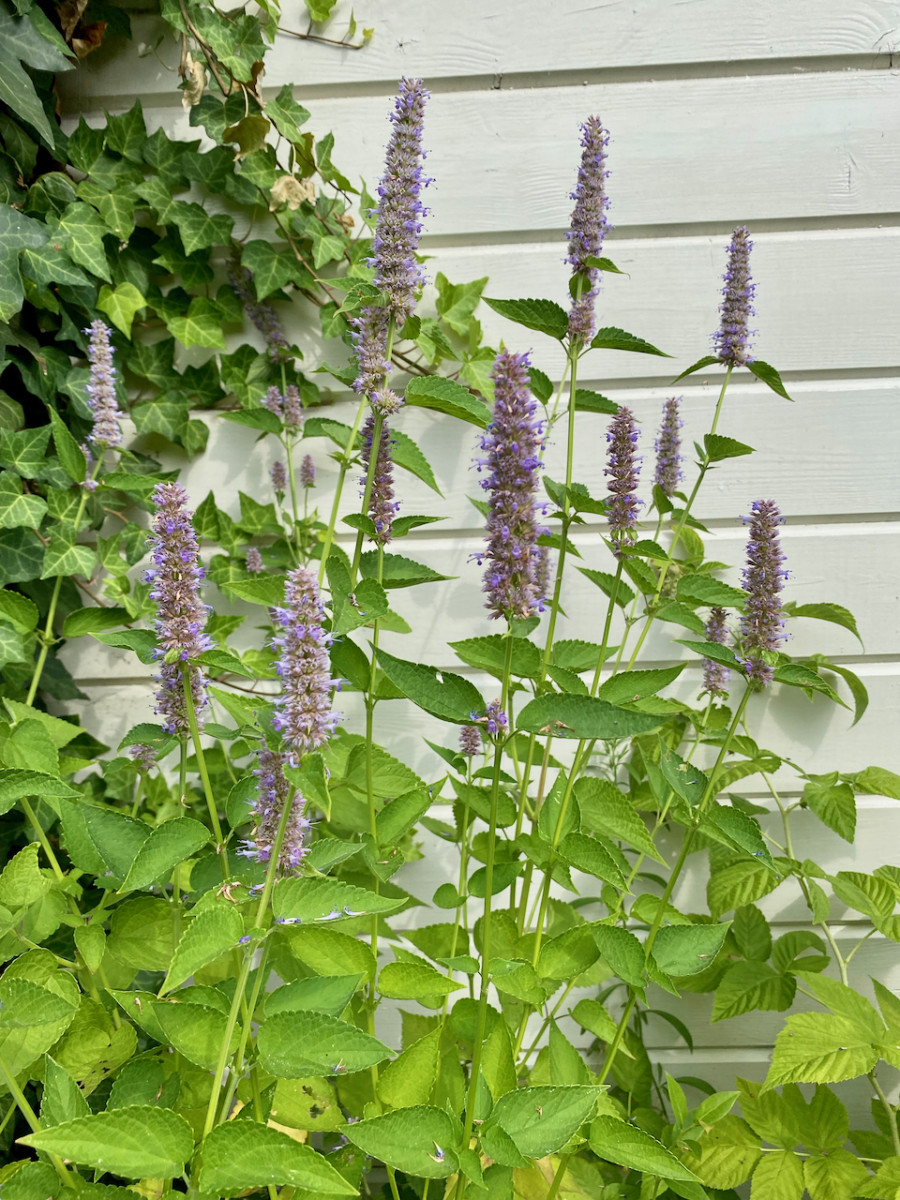
You can also prune anise hyssop in the summer to encourage a second set of blooms. Like most perennials, it benefits from deadheading throughout the growing season, and you can pinch it back regularly to encourage bushing. Due to the nature of my space and the plants surrounding the Agastache, I prefer to skip the constant pinching and allow the plant to grow tall and slender.
How to use anise hyssop
If you’re starting the plant from seed, wait a few months for it to reach maturity before you start harvesting the leaves. After that, you can harvest the leaves at any point throughout the growing season, but if you wait too long (say, September), the leaves will get a bit tough and chewy. You can still use them, but you’ll have to dry them first.
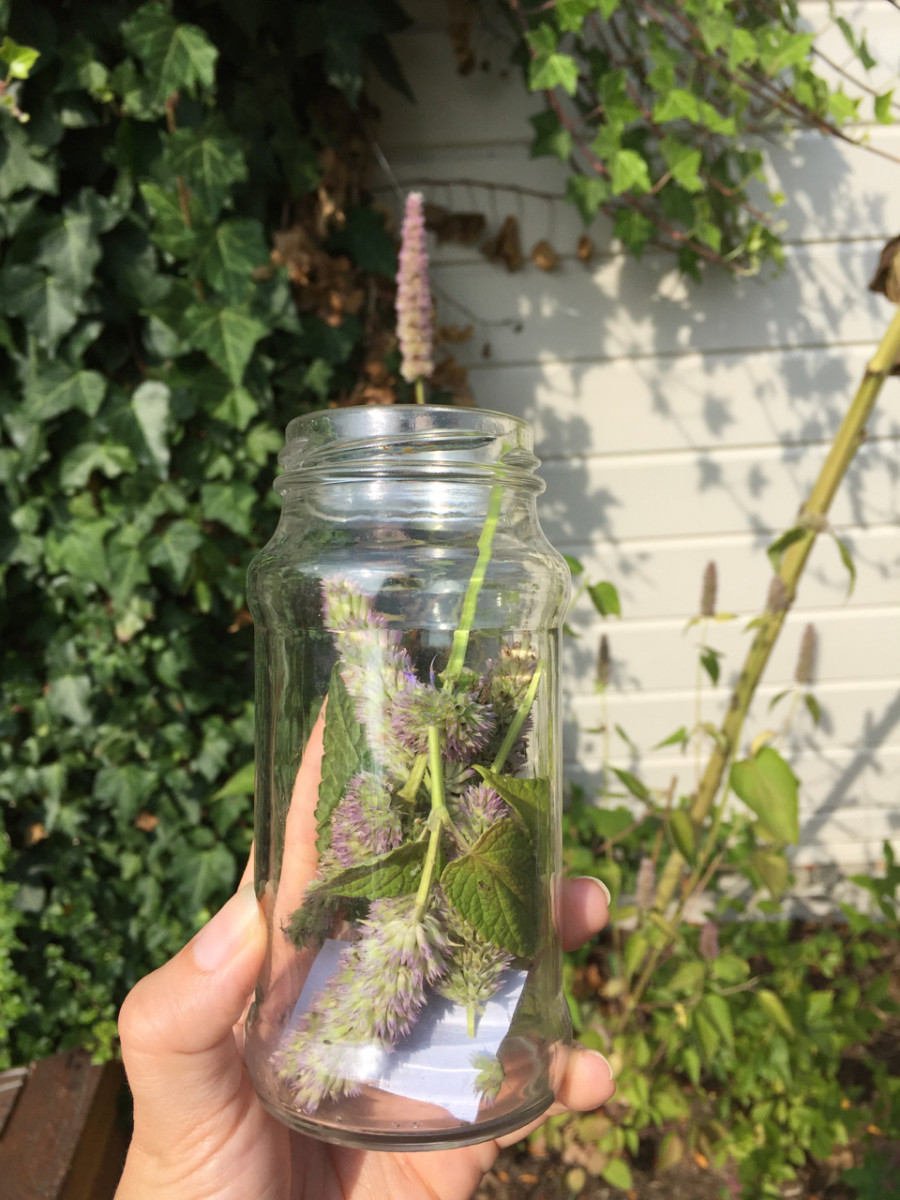
You can use the leaves fresh, or you can dry them to store them for winter. If you’re opting for fresh leaves, use the small ones whole, but chop up the larger leaves in order to avoid getting too much of a mouthful of licorice taste. Depending on what you combine it with, it can overpower some milder flavors.
Here are a few ways you can consume anise hyssop:
Use anise hyssop in beverages:
- Chop it up and add it to lemonades. Add a few sprigs of lavender.
- Use whole leaves to make iced tea. You can combine it with mint, apple mint and peaches.
- Make your own cocktails, such as this lemon, apple, anise hyssop and raspberry cocktail.
- Chop it up and infuse it in a tisane. It works well with linden, lemon balm, peppermint and nasturtium flowers.
- Make a cherry-cranberry cordial.
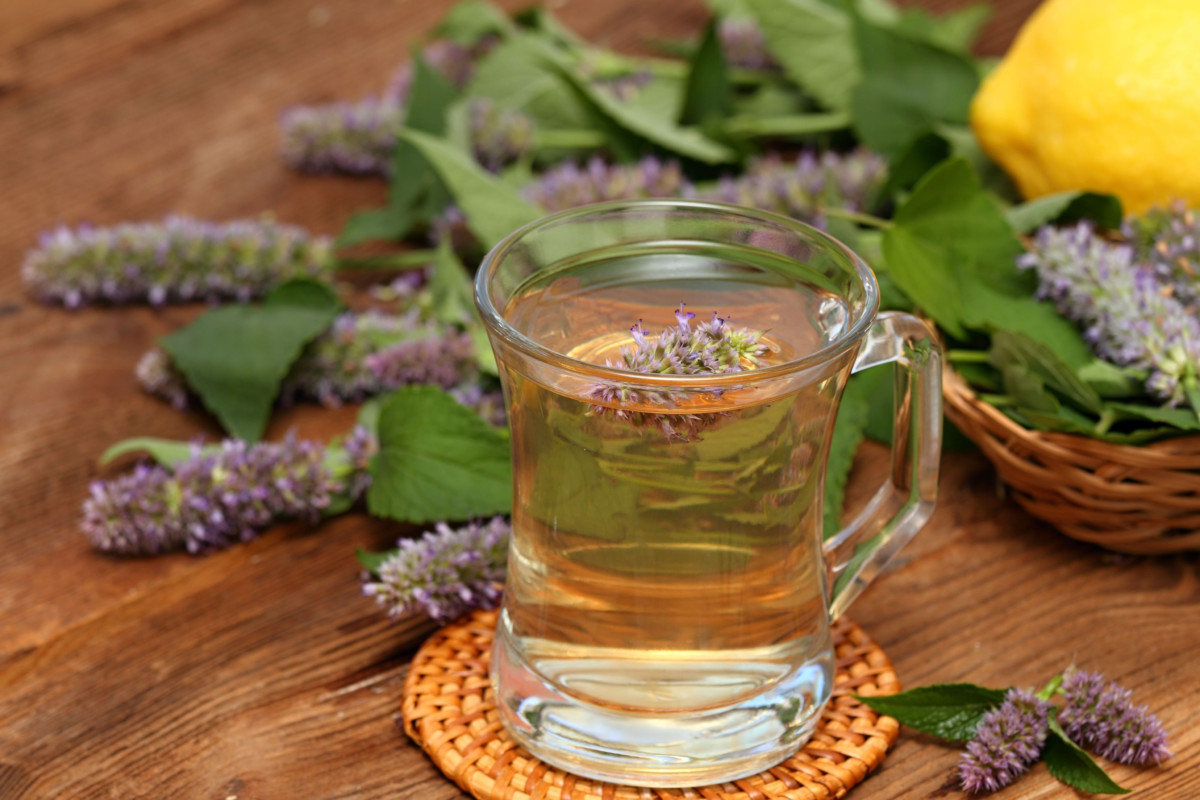
Use anise hyssop in main dishes:
- Chop up the leaves and add them to salads.
- Crush the leaves with a mortar and pestle and add them to a marinade.
- Chop the leaves and add them to falafel wraps;
- Cook the whole leaves in hot soups and gazpachos.
- Make your own herb butter.
- Make an anise hyssop glazing sauce.
- Use the dry, crumbled leaves to make a spiced salt blend.
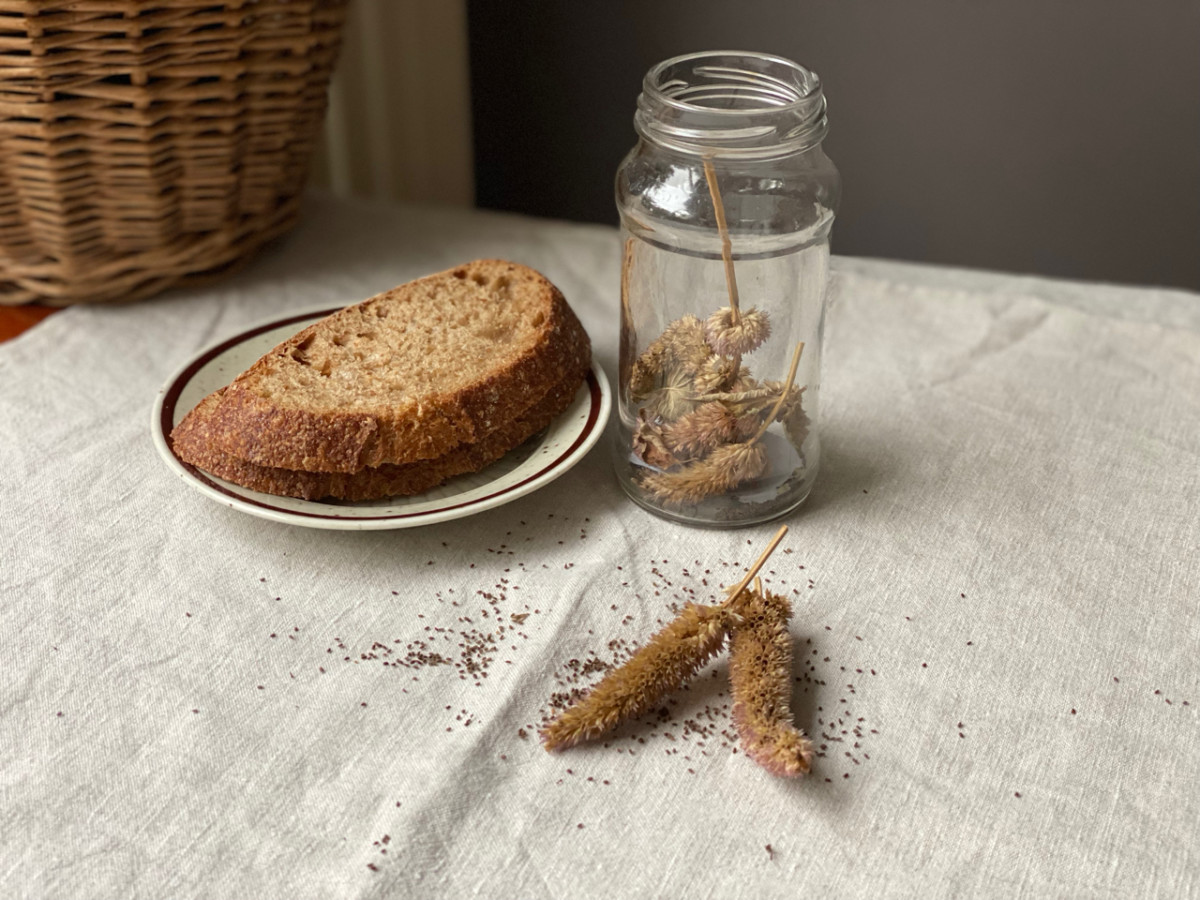
Use anise hyssop in desserts and baking:
- Add the seeds as a topping on cookies, bagels and bread (much as you would poppy seeds and sesame seeds);
- Sprinkle a few seeds on your oatmeal;
- Add seeds or fresh leaves to your smoothies
- Use it in an anise hyssop gelato.
Other uses of anise hyssop:
- Use it as one of the herbs in a cleansing smudge stick;
- Use the dry seed pods as flower arrangements.
- Make your own tincture, salve or oxymel.
- Stick a satchel of dry leaves in your dresser to keep it smelling fresh.
- Rub it on smelly cutting boards to freshen them up.
As always, even if there are no known side effects, you should keep the consumption of this herb in moderation and consult a medical professional if in doubt.

Get the famous Rural Sprout newsletter delivered to your inbox.
Join the 50,000+ gardeners who get timely gardening tutorials, tips and tasks delivered direct to their inbox.


